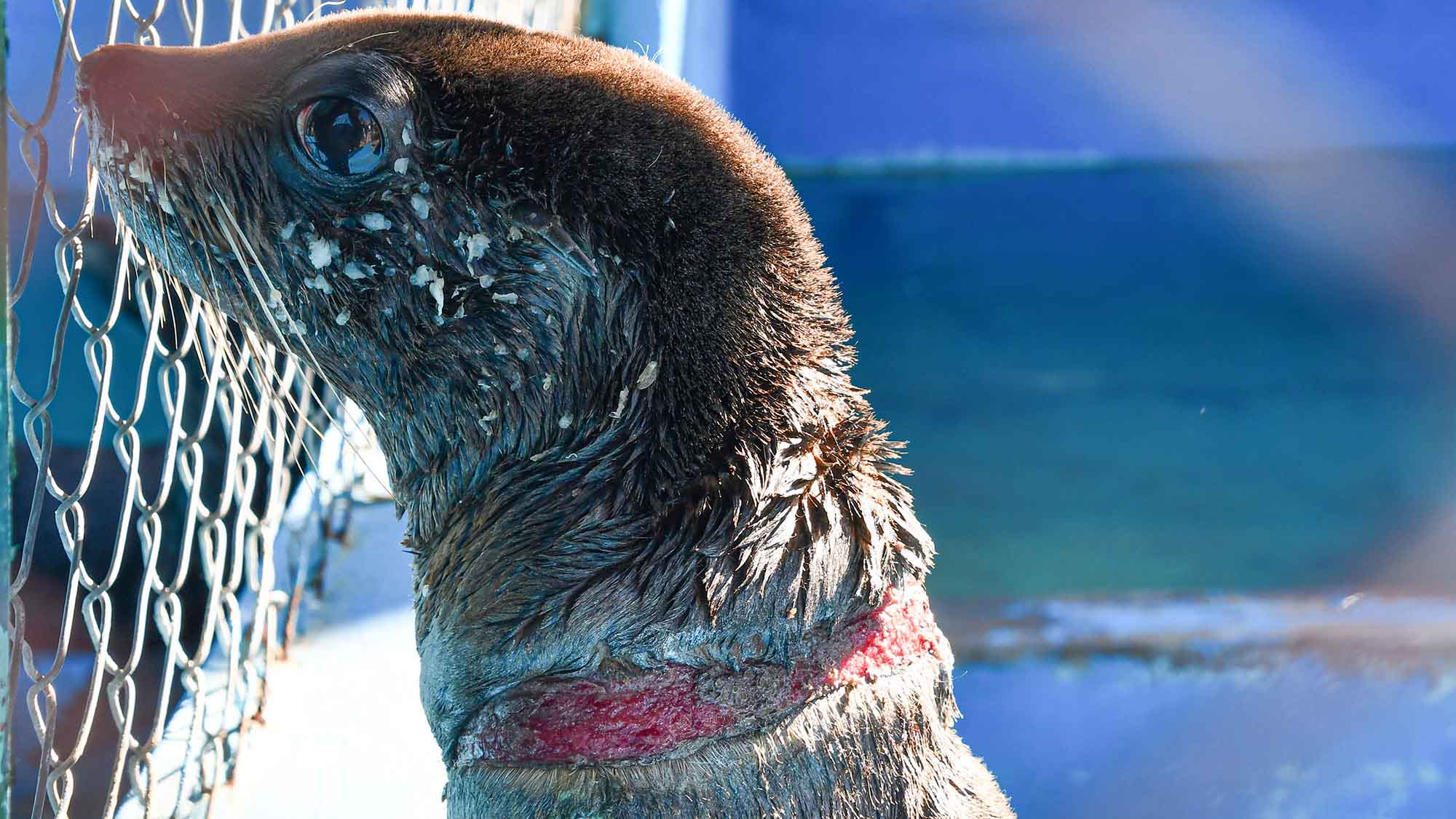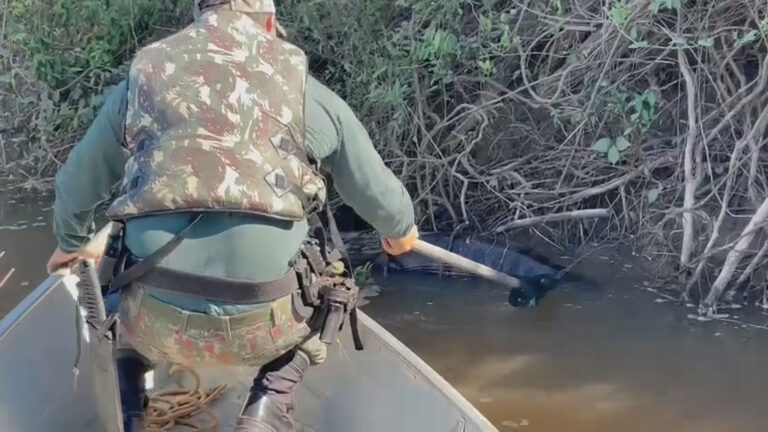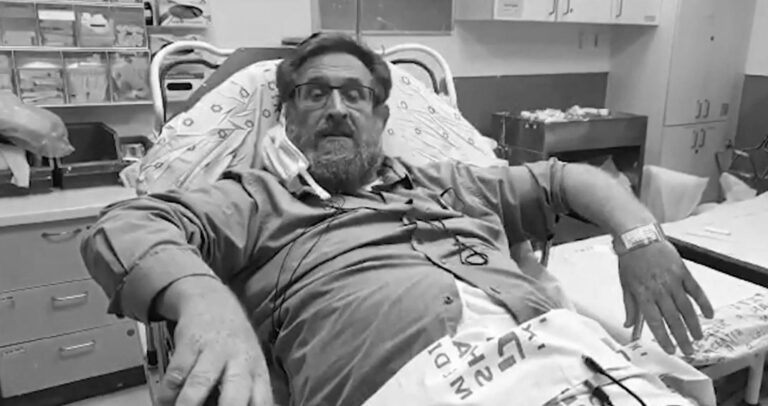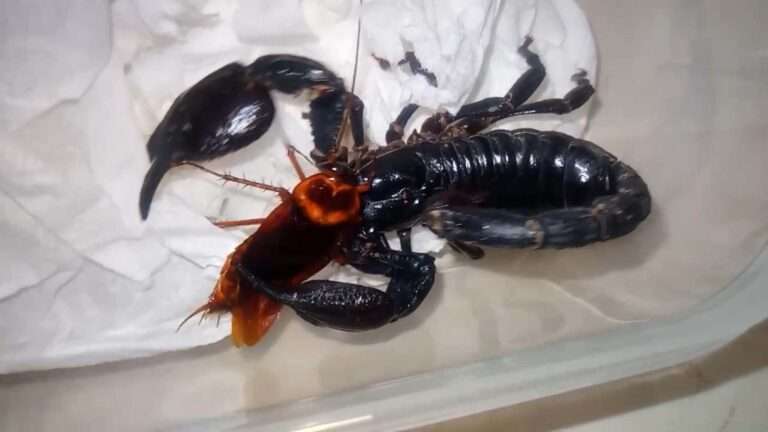Shocked marine wildlife experts have released harrowing footage of a seal left with a gaping neck wound after it became entangled in plastic packaging.
The huge wound was first noticed by lifeguards off the coast of Argentina, who initiated a rescue.
The seal is now recovering at the Mundo Marino Foundation’s rescue centre in the town of San Clemente del Tuyu before being released back into the wild.
The foundation said in a statement obtained by Newsflash: “A South American fur seal (Arctocephalus australis) entered the Mundo Marino Foundation rescue centre in San Clemente with a deep wound in its shoulder and neck area caused by a plastic band commonly used for industrial-type packaging.
“The animal had been rescued and initially treated by lifeguards, the Argentine Naval Prefecture, and the Rescate Verdemar Foundation in the town of Villa Gesell.
“The Rescate Verdemar Foundation proceeded to offer it first aid and remove the piece of band that was hurting the seal.
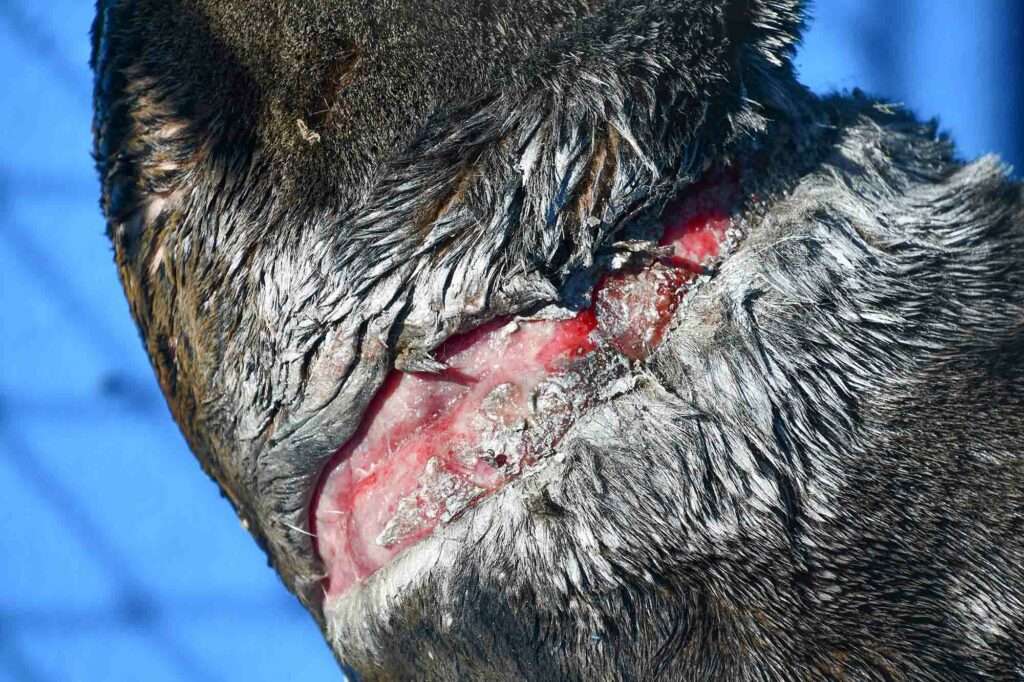
(Fundacion Rescate Verdemar/Newsflash)
“Later, it was transferred to the rescue centre of the Mundo Marino Foundation in San Clemente where veterinarians and technicians were waiting.”
Veterinarian Candela Martelli said: “Upon arriving at the rescue centre on 7th April, we proceeded to perform treatments with antibiotic creams and similar, and he was also hydrated orally.
“The wounds are deep, both in the animal’s neck and shoulder, and were caused by becoming entangled in a plastic band.
“In addition, as the wound was infected, antibiotics were given.
“We are still waiting for the results of the blood tests that we carried out, but the animal has good body condition and a good attitude, so we hope that the prognosis is favourable.”
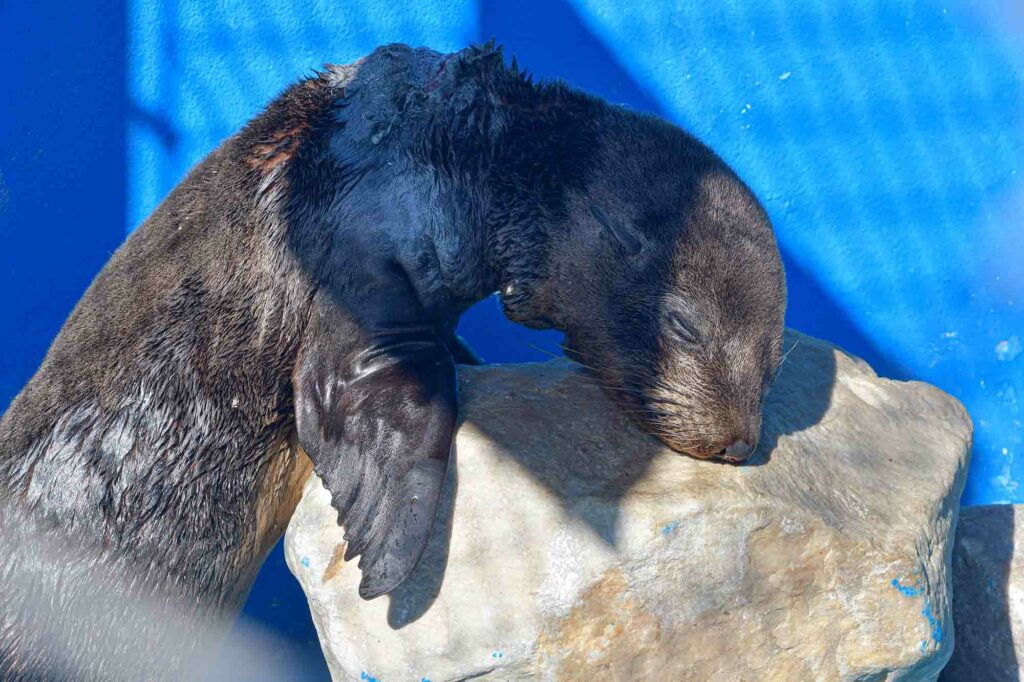
(Fundacion Rescate Verdemar/Newsflash)
Mundo Marino Foundation technical director Juan Pablo Loureiro said: “Due to the depth and extent of the wounds, we estimate the seal will be in rehabilitation for between 30 and 40 days. If he maintains a good body condition and responds well to treatment, we trust that he will be fit to return to the sea.”
The International Union for Conservation of Nature (IUCN) recognises 36 species of seal.
The Japanese sea lion and the Caribbean monk seal are believed to be extinct, with a further 10 species categorised by the IUCN as ‘endangered’ or ‘vulnerable’.
In addition to plastic waste, seals are also threatened by other forms of marine pollution, fishing nets, underwater noise and hunting, among other things.
Species that live in polar habitats are also particularly affected by climate change.
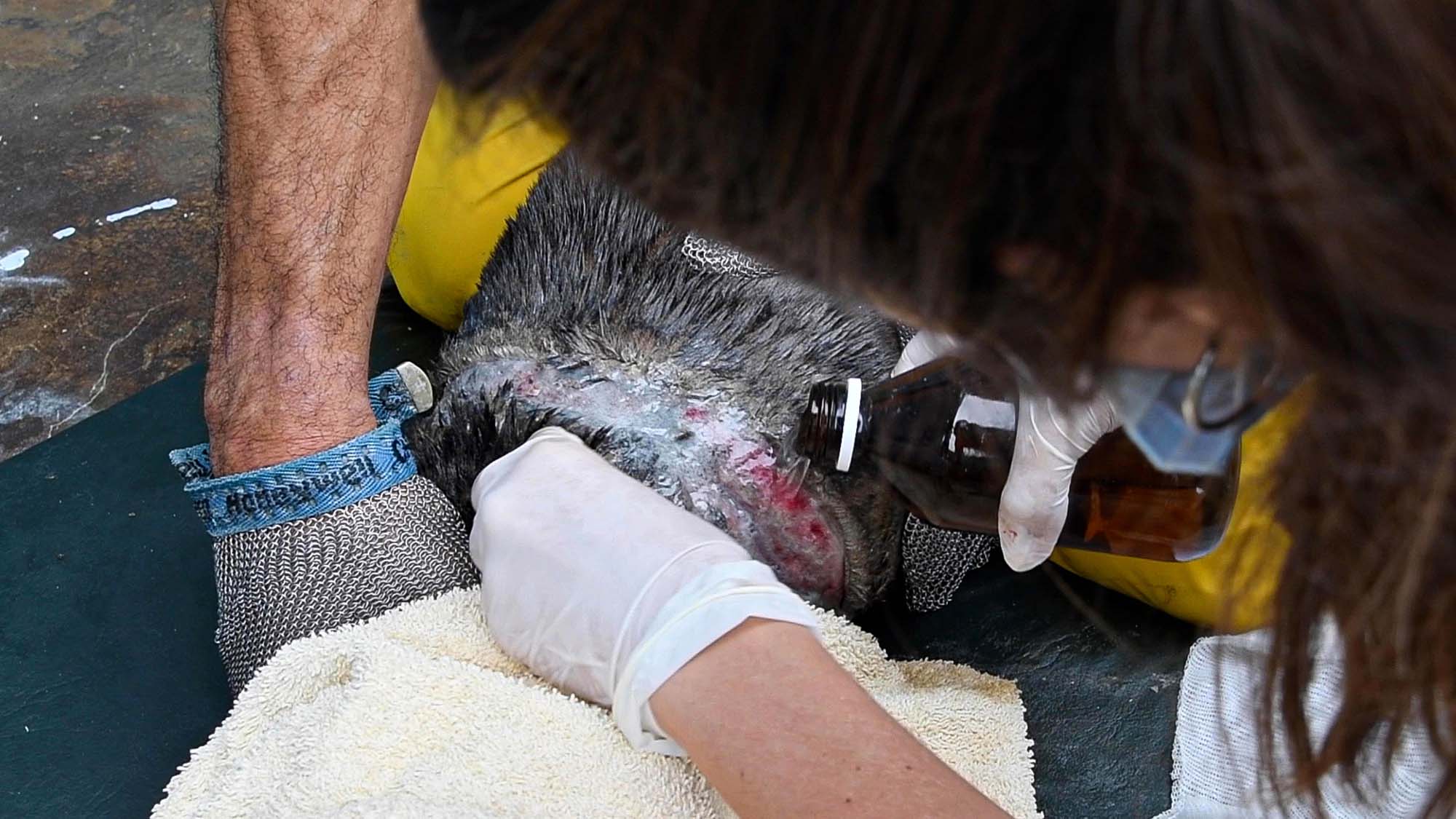
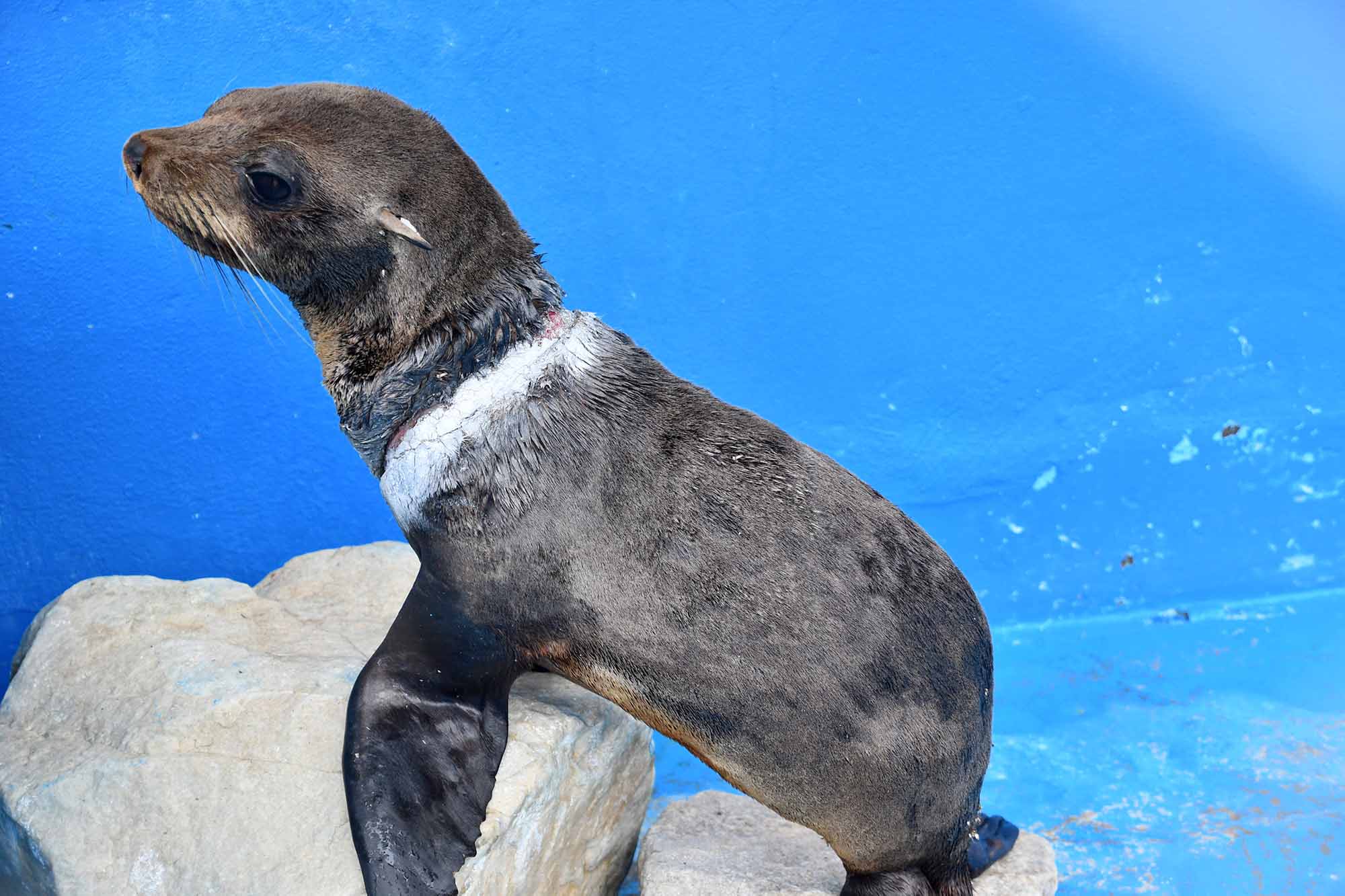
To find out more about the author, editor or agency that supplied this story – please click below.
Story By: Lee Bullen, Sub-Editor: William McGee, Agency: Newsflash
The Ananova page is created by and dedicated to professional, independent freelance journalists. It is a place for us to showcase our work. When our news is sold to our media partners, we will include the link here.

